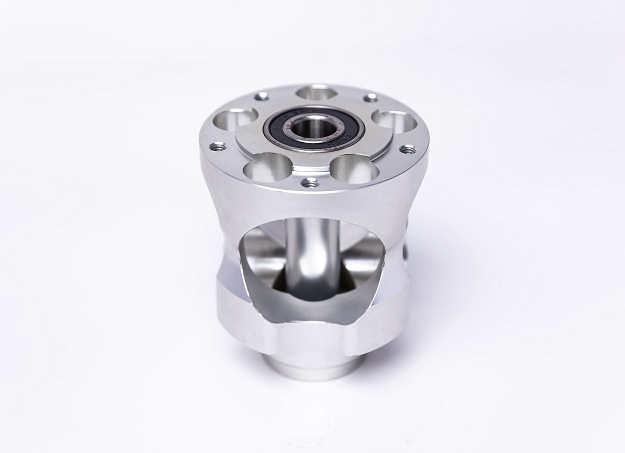Absolutely! CNC turning is a powerful tool for producing high-precision aerospace parts. It's one of the most widely used manufacturing processes in the industry due to its unique capabilities:
Exceptional Accuracy and Repeatability:
The movements of the cutting tool are precisely controlled down to the micron by CNC machines, which run on computerized instructions. In addition to removing human error and guaranteeing that parts meet the exacting tolerances required by aerospace applications, this also ensures consistent results.
Complex Geometry Machining:
Aerospace parts frequently have complex internal and external shapes. These complexities are well handled by CNC turning, which makes it possible to create precise-sized and smooth-surfaced gears, shafts, landing gear parts, and other important parts.
Lightweight and Strong Materials:
Because of their exceptional strength-to-weight ratio, high-strength steels, titanium, and aluminum are among the materials that CNC turning is well suited for machining. These materials are frequently used in aerospace. This makes it possible to create parts that are strong and lightweight while maximizing performance and fuel efficiency.
High-Quality Surface Finishes:
Surface finishes produced by CNC turning range from rough to mirror-polished. This meets particular requirements, guaranteeing peak performance and reducing wear or friction in important parts.
Scalability and Automation:
Both small and large production runs can be effectively managed by CNC turning. Programs save setup time and labor costs because they are easily modified and reused. Furthermore, the automated procedure reduces the need for human intervention, which improves accuracy and consistency even more.
All things considered, CNC turning is a very effective and adaptable technology for creating highly precise aerospace parts. It is a useful tool for guaranteeing the safety, dependability, and performance of crucial aircraft and spacecraft parts because of its capacity to handle complicated geometries, close tolerances, and a variety of materials.
